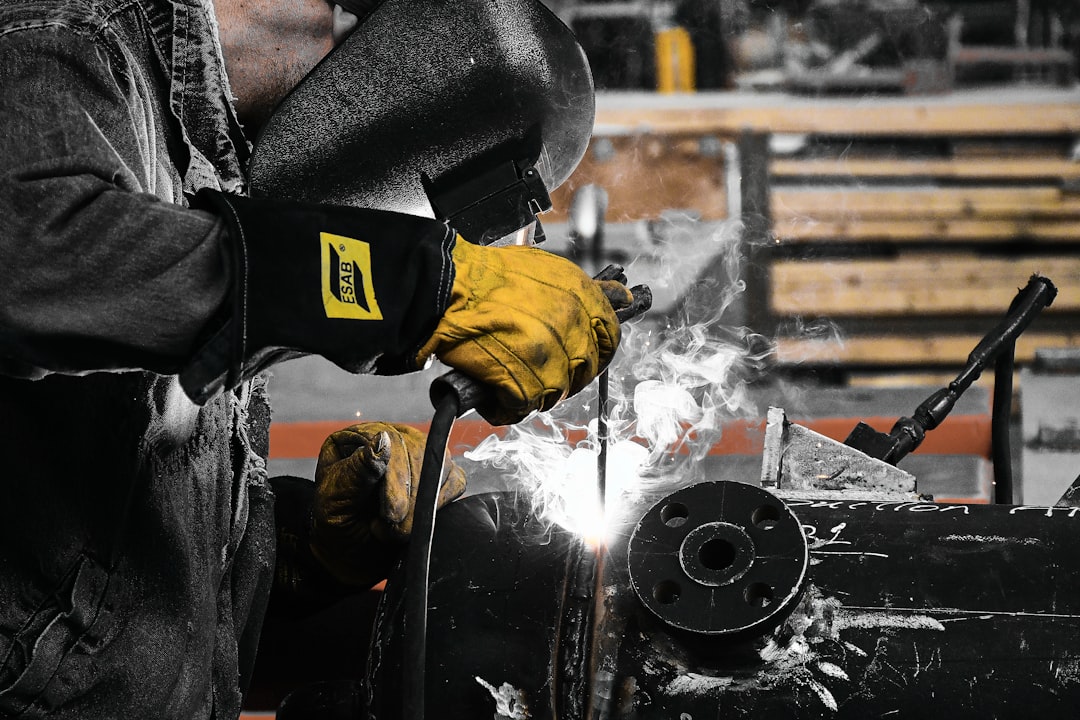The steel industry is a cornerstone of modern infrastructure, and skilled steelworkers are in high demand. If you’re drawn to a challenging, rewarding career with excellent earning potential, a steelworker training program could be your perfect path. This comprehensive guide explores the various avenues available to aspiring steelworkers, helping you navigate the options and make an informed decision.
1. Types of Steelworker Training Programs: Finding the Right Fit
Several pathways lead to a successful career as a steelworker. The best option for you will depend on your learning style, financial situation, and career goals. Key program types include:
- Apprenticeships: These are hands-on, employer-sponsored programs combining on-the-job training with classroom instruction. Apprenticeships typically last several years and offer a structured learning environment with a guaranteed job upon completion. They are often considered the gold standard in steelworker training.
- Trade Schools and Vocational Schools: These institutions offer shorter, more focused programs that cover specific steelworking skills, such as welding, rigging, or structural steel erection. Trade schools provide a solid foundation in theory and practical skills, preparing graduates for entry-level positions.
- Community Colleges and Technical Colleges: These institutions offer associate degrees or certificates in related fields, such as welding technology or construction management. These programs often provide a broader education, encompassing safety regulations, blueprint reading, and project management skills.
- On-the-Job Training: Some companies offer on-the-job training programs, where experienced steelworkers mentor new hires. This approach requires a strong work ethic and a willingness to learn quickly. While less structured than formal programs, it can be a viable option for individuals with prior experience in related fields.
2. Essential Skills Covered in Steelworker Training
Regardless of the chosen program, several core skills are essential for success in the steelworking industry. These skills typically include:
- Welding: Proficiency in various welding techniques (SMAW, GMAW, FCAW, etc.) is crucial for joining steel components.
- Blueprint Reading and Interpretation: Steelworkers must accurately interpret blueprints to understand project specifications and dimensions.
- Rigging and Signaling: Safe and efficient rigging techniques are essential for lifting and placing heavy steel components. Clear communication through hand signals is vital for teamwork and safety.
- Safety Procedures and Regulations: Steelworking is inherently dangerous, so a thorough understanding of safety protocols and regulations is paramount. This includes the use of personal protective equipment (PPE) and adherence to OSHA standards.
- Use of Power Tools and Equipment: Steelworkers utilize a variety of power tools, including grinders, drills, and cutting torches, requiring proper training and safety precautions.
- Mathematical and Spatial Reasoning: Accurate calculations and spatial awareness are critical for precise measurements and component placement.
3. Finding and Choosing the Right Steelworker Training Program
Selecting the appropriate program requires careful consideration. Research potential programs thoroughly, comparing factors such as:
- Accreditation and Certification: Look for programs accredited by recognized industry bodies, ensuring the quality of instruction and the value of the certification.
- Curriculum and Course Content: Examine the program’s curriculum to ensure it covers the necessary skills and aligns with your career goals.
- Instructor Qualifications and Experience: Experienced instructors with industry expertise can provide valuable mentorship and practical guidance.
- Job Placement Assistance: Many programs offer job placement assistance, connecting graduates with potential employers.
- Cost and Financing Options: Consider the program’s cost and explore financing options like scholarships, grants, or loans.
- Location and Accessibility: Choose a program conveniently located and accessible to you.
4. Career Paths and Advancement Opportunities for Steelworkers
A successful career in steelworking offers diverse advancement opportunities. With experience and further training, steelworkers can progress to roles such as:
- Foreman/Supervisor: Overseeing crews and ensuring project completion within budget and schedule.
- Welding Inspector: Inspecting welds for quality and compliance with industry standards.
- Project Manager: Managing large-scale steel construction projects.
- Estimator: Estimating project costs and materials.
- Specialized Steelworker: Developing expertise in a specific area, such as high-rise construction or bridge building.
5. The Importance of Safety in Steelworker Training and Beyond
Safety is paramount in the steelworking industry. Training programs emphasize safety procedures from the outset, instilling safe work practices that become second nature. Continuous safety training and awareness are crucial throughout a steelworker’s career to mitigate risks and prevent accidents. This includes understanding and adhering to OSHA regulations, proper use of PPE, and hazard identification and mitigation techniques. A commitment to safety is not only crucial for personal well-being but also essential for maintaining a positive and productive work environment.
Embarking on a career as a steelworker requires dedication and commitment, but the rewards are significant. By carefully researching and selecting the right training program, you can forge a successful and fulfilling career in this vital industry.
Tags: steelworker training, steelworker apprenticeship, welding training, ironworker training, construction training




